In pics: Artists showcased their works at ‘Boundaries’, an exhibition at Goa Open Arts Festival
A exhibition brought together the different forms of containment – from the human body to the family home, and the idea of a ‘community’
May 5, 2022 18:00 IST 1 / 12
1 / 12"Goa is no stranger to a prolonged and heated debate on the subject of ‘belonging’. For years the insider-outsider debate has waged on, bringing with it questions of authenticity – a debate often expressed through tropes of historicity, legacy, and the means through which one validates their right to belong," reads the press statement for a new art exhibition -- Boundaries -- as part of the Goa Arts Festival; bull (Source: Goa Open Arts Festival))
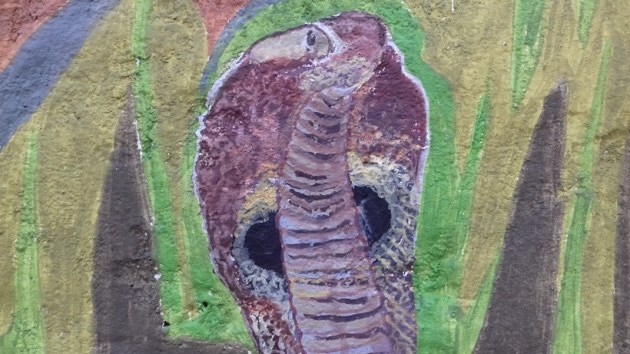 2 / 12
2 / 12The works are from the Goa Open Arts Catalyst Grants 2022. It featured artists like Farah Mulla, Rai and Savyasachi Anju Prabir, Sanayvi Naik, Urna Sinha Vinita Barretto, Aldona Community Collaborative. (Conrad Pinto, Eveny Luis, Isa Hinojosa, Blaise D’Sa, Flavia Lobo and the children and community members of Aldona); Cobra (Source: Goa Open Arts Festival)
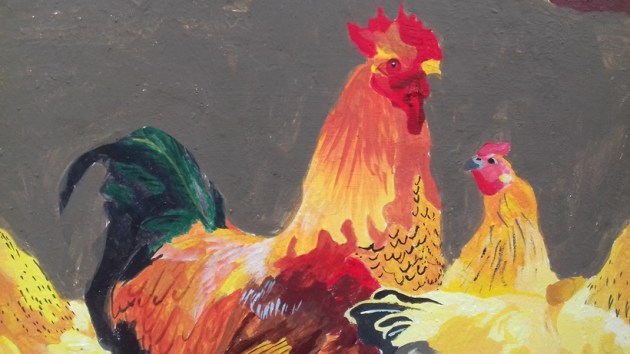 3 / 12
3 / 12An artwork titled chicks (Source: Goa Open Arts Festival)
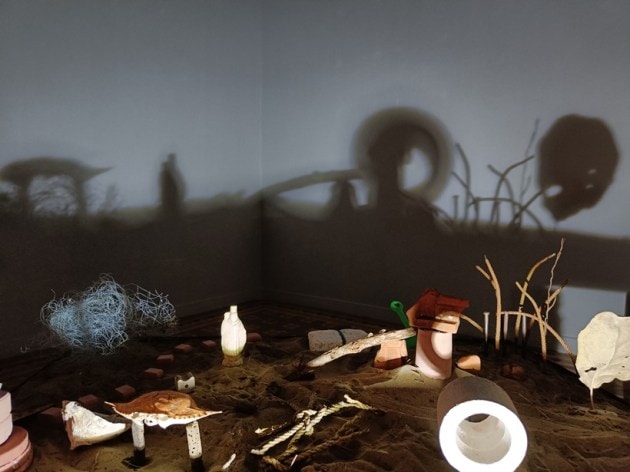 4 / 12
4 / 12Collaborators Rai Savyasachi and Anju Prabir further provoke the symbolism of dividing lines by exploring myths of creatures that supposedly exist in these ‘spaces in between’. Their interactive installation is an exploration of the Goan Rakhondars - spirits that are said to inhabit the boundaries of villages. Like gatekeepers and guardians of the land destroying anyone who tries to bring harm to the village or its people. The work explores the tensions of permeability and preservation that exists in the edges of a community space; Altodi Paltodi by Rai Savyasachi (Source: Goa Open Arts Festival)
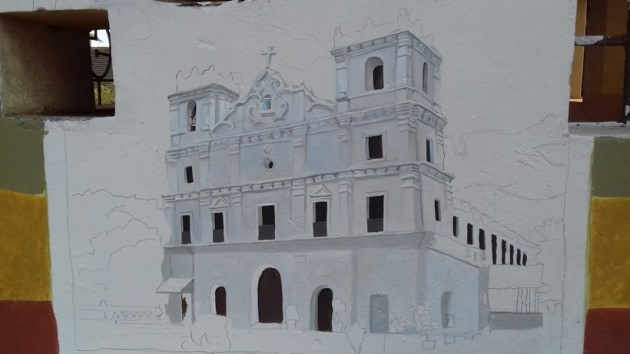 5 / 12
5 / 12An artwork titled Church (Source: Goa Open Arts Festival)
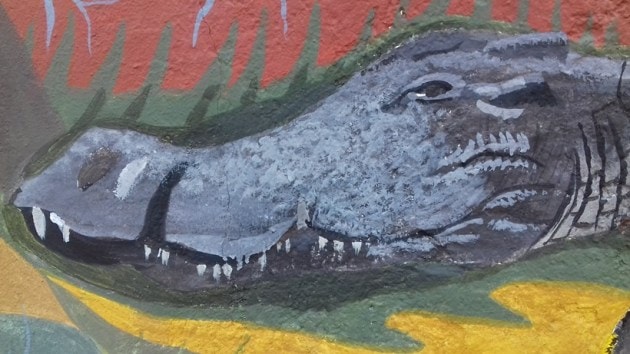 6 / 12
6 / 12An artwork titled croc (Source: Goa Open Arts Festival)
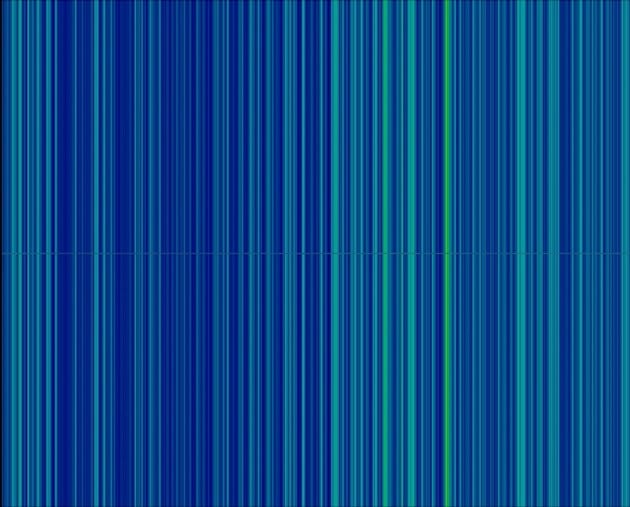 7 / 12
7 / 12Farah Mulla combines her background in science with her contemporary art practice to use sound as a means to explore haptic effects on human neurology. Inviting visitors to listen, touch and be visually immersed within sounds, her work considers the many different ways that sound can involve and affect us – both physically and emotionally – as well as the ways in which it interacts with and defines space; Moire (Source: Goa Open Arts Festival)
 8 / 12
8 / 12Artwork titled fish head (Source: Goa Open Arts Festival)
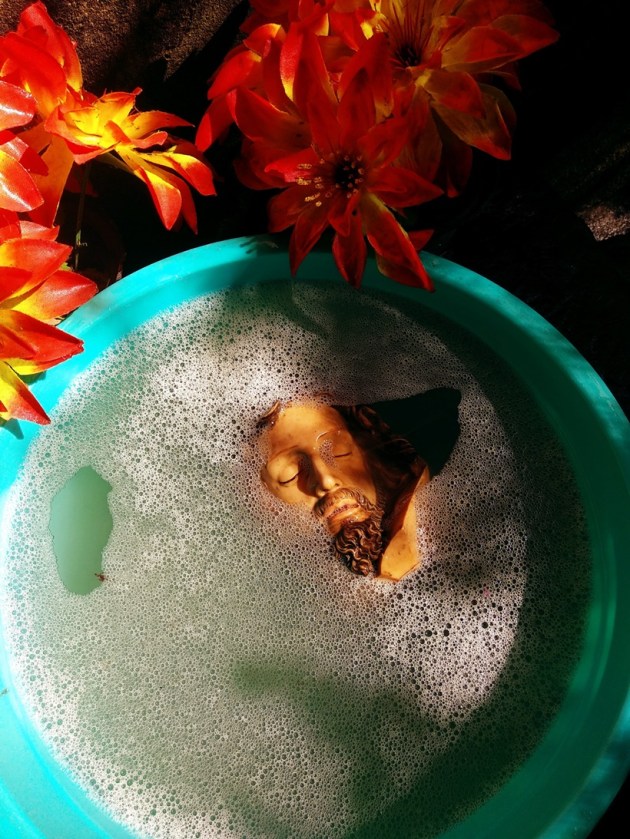 9 / 12
9 / 12Moving from community boundaries to more intimate encounters, Vinita Barretto’s photographic works take us into the deeply personal space of a family home. Intuitive and reflective, Barretto captures quiet everyday moments of familial life. Vignettes from a seemingly placid coastal living soon give way to more complex realities of the intertwined existence of parent and child. Through her presentation, we are asked to consider the invisible lines that anchor us to a particular place or context, the lines that bind us together; Fragile Fragments (Source: Goa Open Arts Festival)
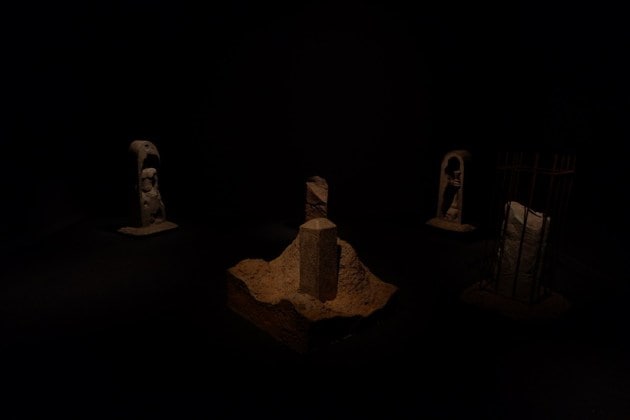 10 / 12
10 / 12Sanayvi Naik’s interactive sculptural work is a commentary on these very ideas of verification of identity. The display hosts a collection of stone markers that are commonly seen demarcating the boundary lines between two districts or communities. The viewer is forced to confront the truth behind these symbols of authority as the seemingly monolithic stone pieces come to life and glide lithely across space, notes the statement; Origins (Source: Goa Open Arts Festival)
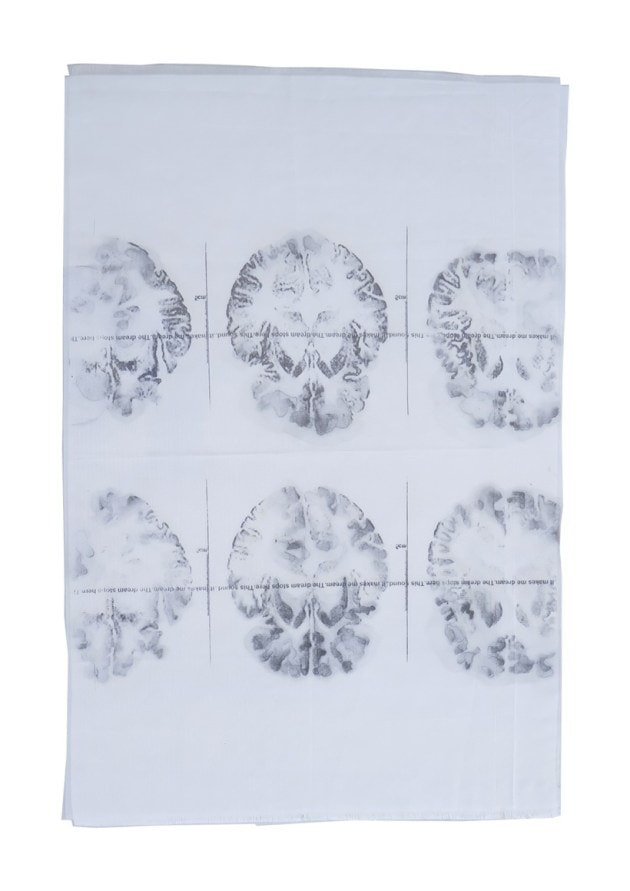 11 / 12
11 / 12With a background in print and bookmaking, Urna Sinha’s work considers the most immediate zone of containment experienced by all living beings – the body. Her current work Tracing Absence looks at how hands and skin carry with them a sense of warmth and memory. For BOUNDARIES, Sinha has created an abstracted book that collects the gestures of all the hands that encounter it in its making; Tracing Absences (Source: Goa Open Arts Festival)
 12 / 12
12 / 12An artwork named Flower (Source: PR Handout)











